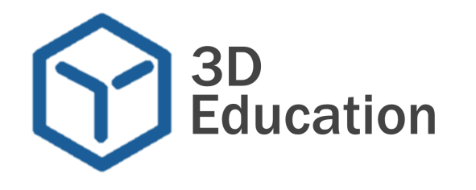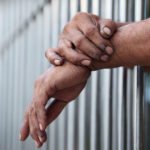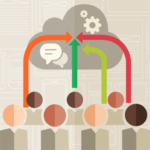
Consciousness Factory
Nominated for the Nobel Peace Prize
INSIDER LECTURES
Prisoner. Astronaut. Refugee. AIDS patient. Ecologist.ICONIC LOCATIONS
Federal Prison. NASA. Refugee camps. Hospital. Costal area.21st CENTURY ISSUES
Peace, freedom. Space and humanity. Lessons from war. The cost of ignorance. Global warming.COLLABORATIVE LEARNING
Discussion groups. Feedback loop. Debate. Sustainable Learning.=
The result? Seeing the world with a more conscious perspective through a unique 3D way of learning
OBJECTIVE: LOCAL ACTION / GLOBAL IMPACT
We generate consciousness by taking groups of students to learn from real life experiences, therefore, shaping individual habits necessary to create tangible positive change at a local, regional and global scale.
For 3D Education, holistic education has 3 main pillars:
- Training (how to do things) – This is what we currently call education – You are trained as a lawyer, accountant, architect or other profession.
- Consciousness (why we do things) – This crucial aspect is not taught directly by the current education system. A trained architect can design a hospital… or a gas chamber.
- Creativity (continuous improvement).
The current education system only focuses on training. It does not directly develop consciousness or creativity. Can you call someone educated if he/she has a PhD and wastes a lot of water through your consumption? This is why our program seeks to promote consciousness in each individual.
3D Education is an experiential course which helps students learn vital lessons from people directly in the frontlines – prisoners, astronauts, refugees, AIDS patients etc.
Our goal is to radically deepen participant’s level of consciousness, perception and critical thinking for the current context of our globalized world.

COLLABORATIVE LEARNING
At the end of each program the participants will share their experiences with the group. This feedback loop helps everyone learn from everyone else´s perspective, therefore generating new ideas, enriching perspectives and consolidating individual learning.
Students see their own progress by comparing a video interview made before and after the program.



